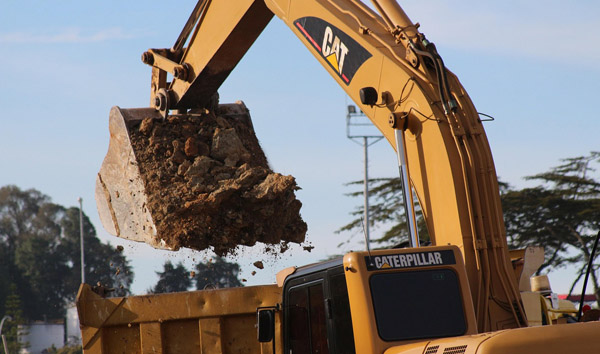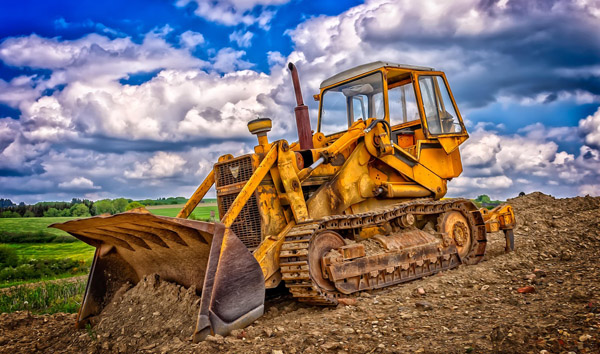Navigating the Challenges of Rough Terrain Lift Trucks in Industrial Applications
2025-07-22 05:05:24
The demand for rough terrain lift trucks has surged by 18% year-over-year, driven by expanding infrastructure projects and the need for reliable material handling in harsh environments. These specialized vehicles are engineered with reinforced chassis, high-traction tires, and advanced hydraulic systems to withstand uneven surfaces, mud, and rocky landscapes. Unlike standard forklifts, rough terrain models offer superior stability and lifting capacities ranging from 6,000 to 15,000 pounds, making them indispensable in sectors like logging and oilfield operations.
A critical advantage of rough terrain lift trucks is their adaptability to extreme conditions. Industry data from the International Council of Industrial Truck Associations (ICITA) reveals that 72% of operators prioritize durability when selecting these machines. Leading manufacturers, such as Caterpillar and JLG, have integrated telematics and load-sensing technologies to enhance safety and efficiency. For instance, Caterpillar’s 2023 models feature real-time diagnostics, reducing downtime by 23% compared to previous generations. Additionally, the adoption of hybrid powertrains has improved fuel efficiency by 15%, addressing both operational costs and environmental concerns.
Despite their benefits, rough terrain lift trucks face challenges in maintenance and operator training. According to OSHA reports, 34% of accidents involving these machines result from improper handling on unstable ground. To mitigate risks, companies are investing in simulation-based training programs, which have shown a 40% reduction in workplace incidents. Furthermore, advancements in autonomous navigation are emerging, with pilot projects demonstrating a 30% increase in productivity in controlled environments. As industries continue to push the boundaries of off-road material handling, rough terrain lift trucks will remain a cornerstone of modern logistics, evolving with smarter, more resilient designs.














